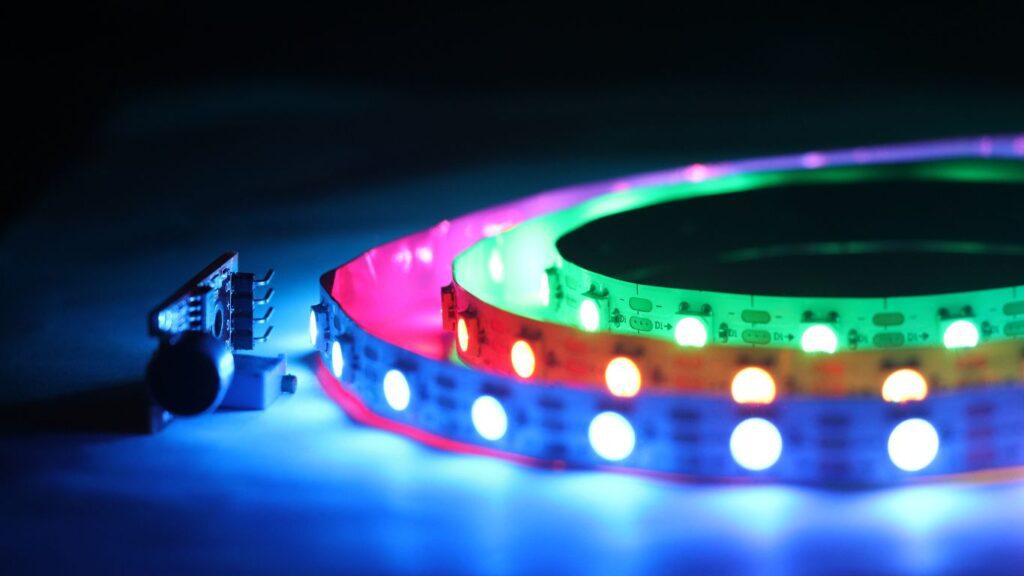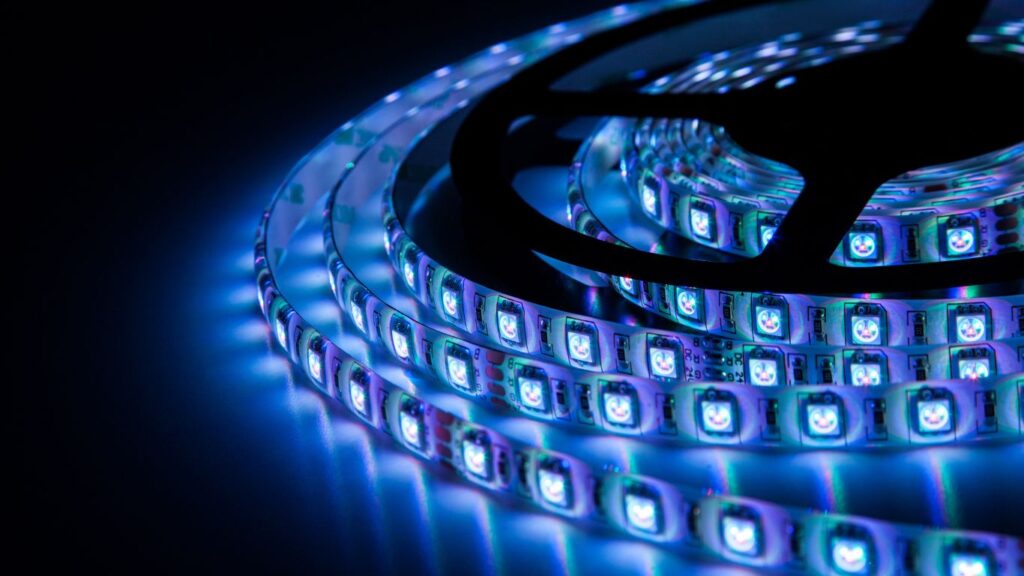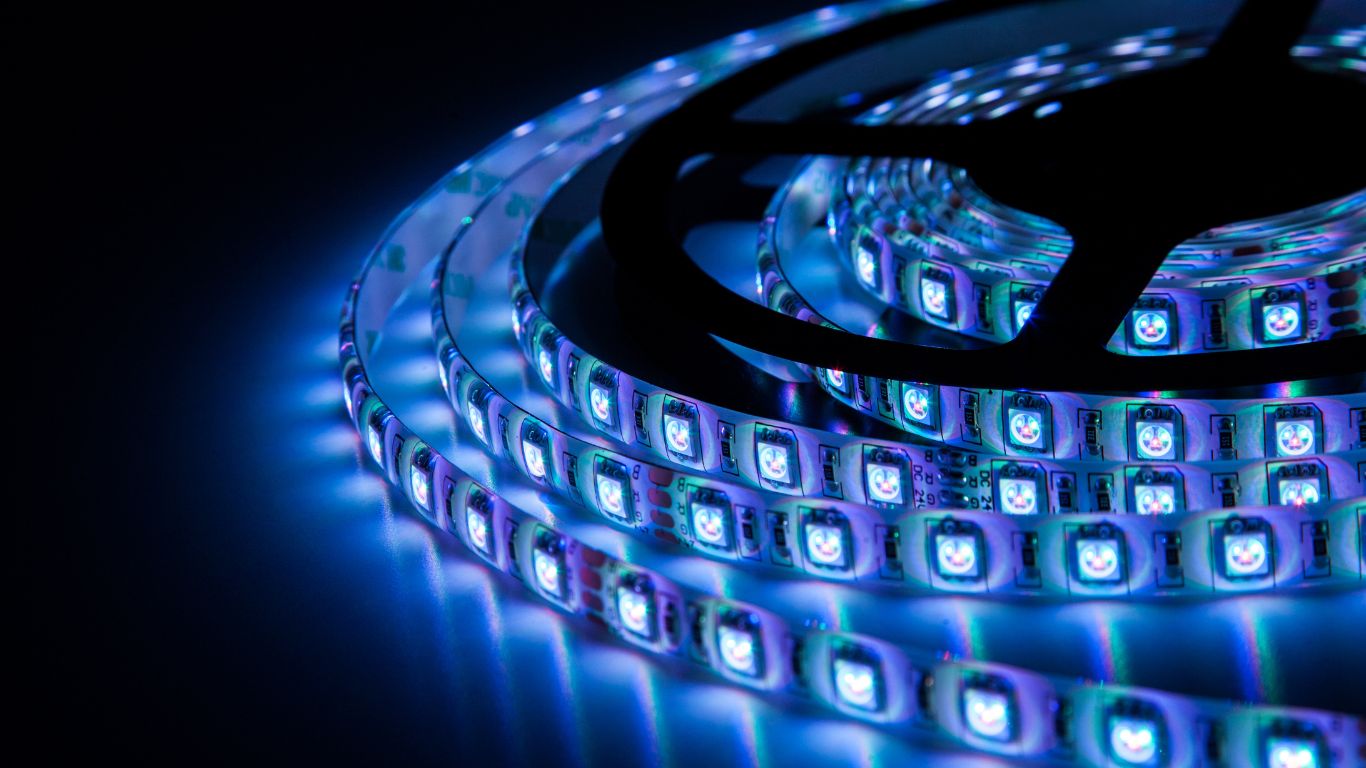In the vibrant world of computer customization! Modern computing hardware offers a plethora of options for personalization, and one striking feature is the ability to customize lighting. This allows you to infuse your computer with a unique, personalized aesthetic, reflecting your taste through a spectrum of colors. The two prominent players in this lighting game are RGB vs ARGB lighting, each with its own set of strengths.
If you’re on the quest to elevate your computer’s visual appeal, it’s crucial to choose the lighting option that best suits your preferences. In this detailed comparison between ARGB vs RGB lighting, we unravel the distinctive characteristics of each, guiding you toward making an informed decision for a truly personalized computing experience. Explore the nuances of these lighting options and transform your computer into a visual masterpiece that resonates with your unique style.
How ARGB Technology Works?

Tired of the limitations of traditional RGB lighting? Enter ARGB lighting, the game-changer for those seeking more control and customization. While the “RGB” in ARGB still represents red, green, and blue, the crucial addition is the “A” for addressable. This small tweak makes a world of difference because ARGB lights come with an extra signal that lets you individually control and address each LED unit within your lighting device.
The significance? You now have the power to set different colors for each LED bulb in your lighting setup. This not only opens the door to crafting unique designs and color schemes but also unleashes a plethora of built-in lighting effects. If you’re looking to elevate your lighting game and enjoy a level of control that goes beyond the ordinary, ARGB lighting might just be the perfect solution for your setup. Explore the world of addressable lighting and let your creativity shine with every LED bulb at your command.
How is RGB Technology Working?

Before diving into the ARGB vs RGB lighting debate, let’s demystify these illuminating setups and understand how they operate. Starting with the simpler sibling, RGB lighting, the acronym breaks down to red, green, and blue. Essentially, each LED light features three color diodes, emitting red, green, and blue-colored light.
These three primary colors seamlessly combine to produce a vast spectrum of hues—up to a whopping 16.7 million colors, depending on your specific lights. However, it’s essential to note a limitation with RGB lights: uniformity.
All connected lights in an RGB setup must be the same color, lacking the ability to individually control each LED unit. Stay tuned as we unravel the intricacies of RGB lighting and explore the evolution to the more advanced ARGB alternative.
Choosing Between RGB vs ARGB
Selecting the ideal lighting solution for your computer setup might seem daunting with the array of options available. Streamline the decision-making process by taking into account the following factors:
Consider these factors as you embark on the journey to elevate your computer’s aesthetics with the perfect lighting solution that aligns with your preferences and budget.
RGB vs ARGB – FAQs
Exploring the Functionality of the Alpha Channel in ARGB Lighting?
Answer: In ARGB lighting, the A channel, or addressable channel, plays a unique role. Unlike RGB lighting’s R, G, and B channels, the A channel carries a voltage signal, allowing control over individual LEDs. This capability enables ARGB lighting to deliver a more extensive range of colors and dynamic lighting effects.
Where is ARGB lighting commonly used?
Answer: ARGB lighting finds its prime applications in cooling fans and motherboard lighting. The distinct shape of these lighting modules aligns well with ARGB setups, enhancing the overall visual effects for these components.
Can ARGB Lighting be Converted to RGB?
Answer: Yes, it is possible. While ARGB signals include an additional addressable channel, both ARGB and RGB lighting share the same color signals. To convert ARGB lighting to RGB, you can simply disregard the A signal or addressable signal, making it compatible with RGB devices and systems.
Is it Possible to Convert RGB vs ARGB Lighting to Other Color Models?
Answer: Absolutely. When working with ARGB and RGB color designs in software, you may encounter other color models like CMYK, HSL, HSV, and more. Fortunately, most design programs offer seamless conversion between these color models, providing flexibility and ease in your lighting product design endeavors.
Conclusion
In the realm of modern computer hardware, customization is the name of the game. The sleek machines we use today often come adorned with built-in lights, both internally and in external peripherals. These lights aren’t just functional; they’re a canvas for personal expression, transforming your computer setup into a unique masterpiece. However, not all lights are created equal. Some devices boast the brilliance of RGB lighting, while others flaunt the sophistication of ARGB lighting.
To guide you through this luminous decision-making journey, we’ve provided a comprehensive comparison between ARGB vs RGB lighting. This breakdown equips you with the knowledge needed to choose the lighting solution that aligns seamlessly with your preferences and style. Whether you’re diving into the intricacies of individual LED control or exploring a broad spectrum of lighting effects, our guide covers it all. Illuminate your understanding of ARGB vs RGB lighting and embark on a personalized journey to enhance your computer aesthetics.
